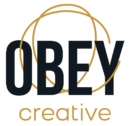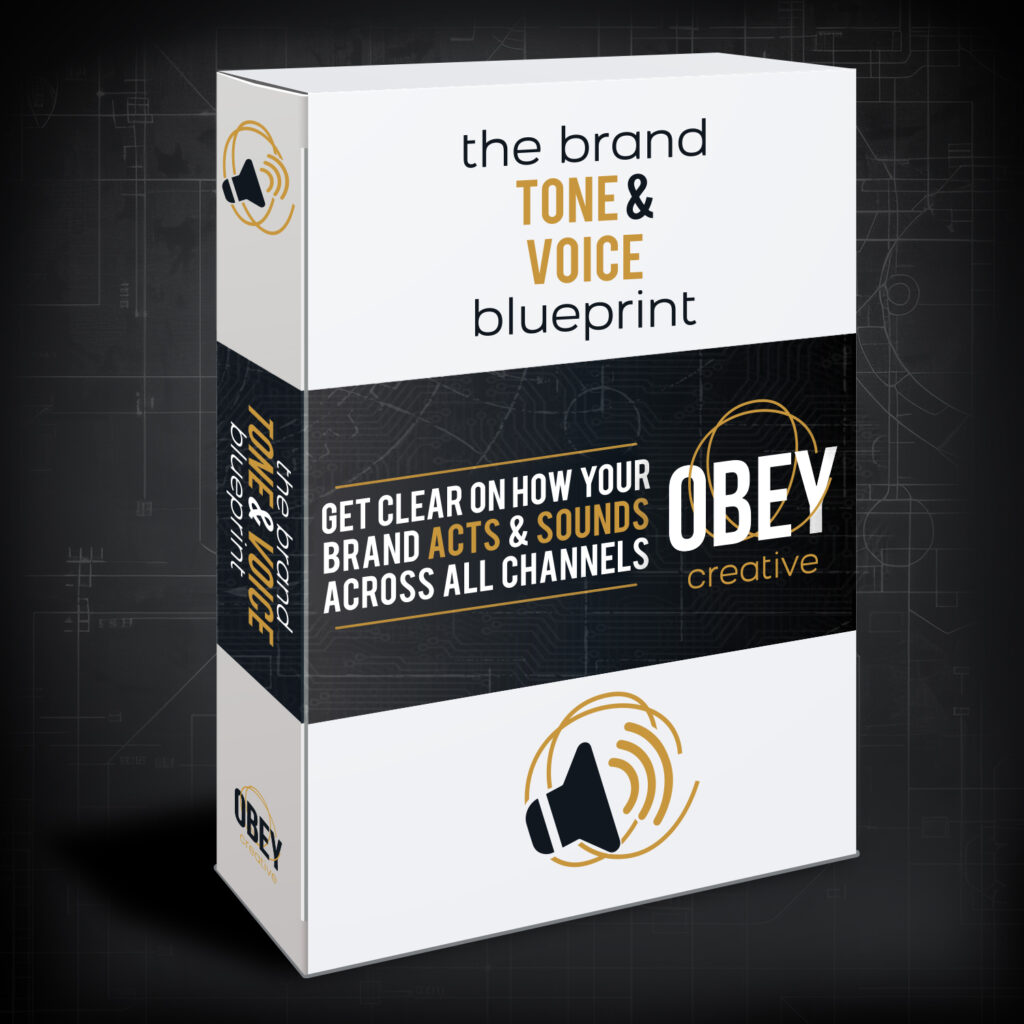“Hey there! How’s it going?”
“Hey, what’s happenin?”
“Hi, how are you doing today?”
Simple greetings, right? But each one feels a bit different. That’s exactly what happens with your brand’s tone and voice also known as your brand personality. It sets the vibe for how people see and relate to your brand. Even though people mix them up a lot, your brand’s personality (tone and voice) are super important. They’re like your brand’s unique way of chatting, whether that’s in writing, videos, or any other way you talk to the world.
If you haven’t really thought about your brand’s voice or tone, you’re missing out on a big chunk of what makes your brand cool and unique.
You’re also missing out on serious profit.
Strong brands typically achieve profit margins up to 50% higher than their weaker counterparts. This can be attributed to the ability to command premium pricing and the reduced need for promotional discounts to attract customers.
Let’s dive into why these are so important and how you can nail them down for your own brand.
Why Bother With Tone and Voice at all?
Be Clear with your Communication
Imagine this: you’re all formal and business-like when you talk about your brand, but your Instagram sounds like it’s run by a chill surfer dude, and your ads sound like they’re straight out of Texas. That’s confusing, right? Keeping a consistent tone and voice helps avoid that mess and keeps your brand strong.
Build Trust with Familiarity
When people hear the same style and vibe from you regularly, they get to know and trust your brand. That makes them way more likely to interact with you, tell their friends about you, and buy what you’re selling.
Stand Out from the Crowd
In a super crowded market, having a unique voice can be what makes someone choose you over the competition. It’s your secret sauce that makes your brand memorable.
Attract the Right Customer to Your Brand
By being unique and clear with who your brand is for (and who you aren’t for) you’re able to save time and money by attracting the right target audience to your brand. This allows you to be more impactful with your marketing efforts, the posts you make on social, and your ad dollars.
So How Do You Define Your Brand’s Voice and Tone?
Start with the Basics
First, think about what your brand stands for—its values, mission, and who you’re trying to reach. This will help you figure out a voice that fits who you really are.
Here at Obey Creative, the brand Tone and Voice is Step 6 in our 9 Step Brand Advantage Blueprint process. Prior to defining a client’s tone and voice we 1) Identify their Brand Story 2) Define their Competitors 3) Define the Gap in the Market 4) Define the Audience Personas and 5) Craft their Brand Story.
So if you’ve done all that it’s time to craft your tone and voice.
First, consider what tone dimensions your brand will use.
Tone Dimensions in marketing refer to the various ways a brand can communicate its personality and messages to its audience. Each dimension represents a spectrum between two contrasting styles, allowing a brand to tailor its communication to fit different contexts, audiences, and objectives.
There are 4 primary tone dimensions: Funny vs Serious, Formal vs Casual, Respectful vs Irreverent, and Enthusiastic vs Matter-of-Fact.
Get really detailed in each tone dimension. Is your brand funny? If so, what kind of humor will it use? Smart and witty humor or over the top humor for example.
Next consideration is what dimensional traits will your brand exude? There are 5 Dimensions of Brand Personality.
1. Sincerity:
Traits: Honest, genuine, wholesome, and cheerful.
Example: Brands that emphasize trust and authenticity, like TOMS or Dove.
2. Excitement:
Traits: Daring, spirited, imaginative, and up-to-date.
Example: Brands that convey energy and innovation, like Tesla or Red Bull.
3. Competence:
Traits: Reliable, intelligent, successful, and efficient.
Example: Brands known for their expertise and effectiveness, like IBM or Toyota.
4. Sophistication:
Traits: Elegant, prestigious, and charming.
Example: Luxury brands that exude elegance and high status, like Chanel or Rolex.
5. Ruggedness:
Traits: Outdoorsy, tough, and adventurous.
Example: Brands that appeal to the adventurous and rugged lifestyle, like Patagonia or Jeep.
Next as a helpful step you should consider what brand archetype your brand will use. This concept was developed by psychologist, Carl Jung and grounded in decades of research. Only recently did it start being applied to brands and used in marketing but it works. y aligning your brand as tightly as possible to a single archetype you’ll be able to allow your brand’s personality to feel familiar to your audience and allow you to communicate with the consistency and humanity of a real person.
When defining your brand archetype you should remember the following:
1) Brand archetypes are NOT about appealing to everyone. Remember, if we’re trying to be everything to everyone we will be nothing to no one.
2) Brands with tightly defined archetype identities rose in value by 97% more over six years than “confused brands”.
3) The chosen archetype should speak to your target audience and your brand. It is a way of clearly speaking to your ICP, your ideal customer profile.
The twelve brand archetypes are:
- The Caregiver
- The Ruler
- The Creator
- The Innocent
- The Sage
- The Explorer
- The Outlaw
- The Magician
- The Hero
- The Jester
- The Lover
- The Everyman
Finally, you should go through a list of tone words and choose which tones will most identify with your brand’s personality.
Ok, you’ve defined your brand’s tone and voice, what’s next?
Make Sure Everyone’s on Board
Once you’ve got your tone and voice down, share it with your whole team. This makes sure everyone’s on the same page, keeping all your brand stuff consistent.
Keep It Fresh
Your brand’s voice might need to change as you grow. Keep checking in to make sure your tone still fits your brand and tweak it if you need to.
Wrapping It Up
Once you’ve got a clear idea of your brand’s voice and tone, roll it out everywhere—from your website to your tweets to how you chat with customers. Make it a part of your brand guide and train everyone who comes into contact with your brand on it. (Your team, your partners, content creators, agencies, etc.)
Use Our Free Tone & Voice Blueprint
Getting your brand’s voice and tone right isn’t just nice to have—it’s essential. It makes your brand strong and relatable.
Check out our latest free tool, our Brand Tone and Voice Blueprint that will take you through a series of important questions to help you identify your brand’s personality.


